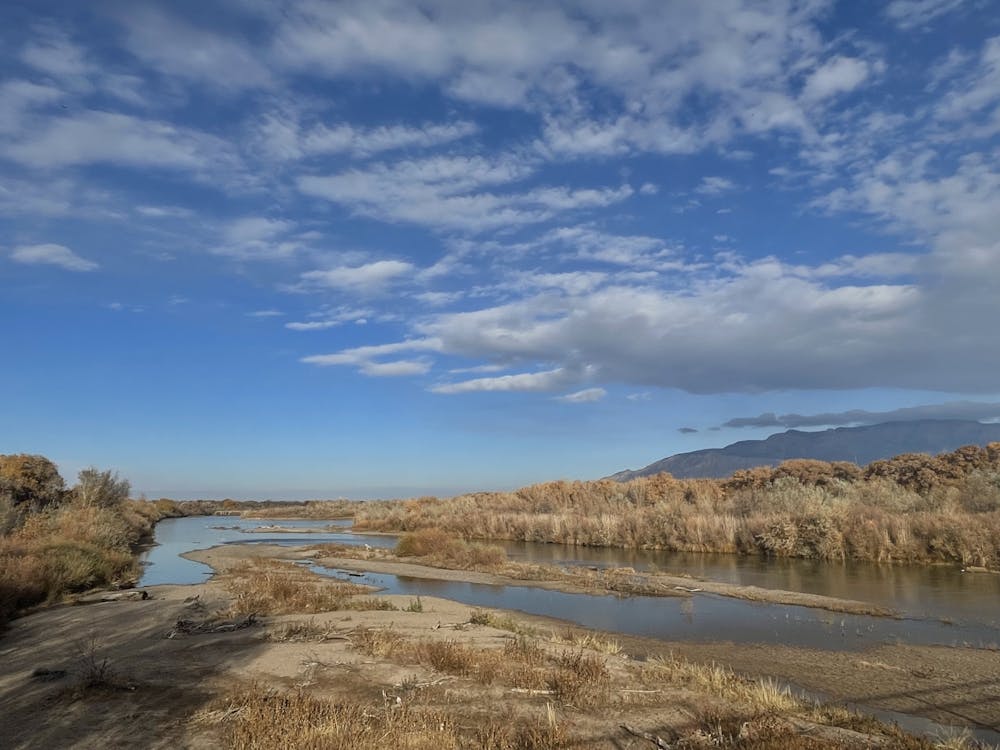The Fifth National Climate Assessment was released on Nov. 14 by the U.S. Government. The report contains updates on the state of climate change, basic risk assessments and ideas for communities to lower their emissions and live a more environmentally conscious life.
The National Climate Assessment was mandated by the 1990 Global Change Research Act — a law requiring research on climate change — and is supposed to occur every four years with the submission of the president’s budget. In the past 33 years, only five assessments have been released.
The NCA5 details current environmental problems and projections for the immediate future. The report covers issues like flooding, droughts, food insecurity, health challenges and region-specific issues.
In arid climates like New Mexico, droughts are expected to not only continue but last for longer periods of time and have stronger effects, according to the assessment.
“Droughts are projected to increase in intensity, duration and frequency, especially in the Southwest, with implications for surface water and groundwater supplies. Human and natural systems are threatened by rapid shifts between wet and dry periods that make water resources difficult to predict and manage,” the NCA5 reads.
In addition to a decrease in water supply, the NCA5 predicts an upcoming food shortage, as well as an economic spike surrounding food costs.
“As the climate changes, increased instabilities in (the) U.S. and global food production and distribution systems are projected to make food less available and more expensive,” the NCA5 reads.
Price increases and disruptions are reported to disproportionately affect the nutrition and health of women, children, older adults and low-wealth communities, according to the assessment.
Environmental problems also increase health concerns and can exacerbate preexisting health conditions or cause new health problems, especially those in marginalized communities, the NCA5 says.
“Climate change is already harming human health across the US, and impacts are expected to worsen with continued warming. Climate change harms individuals and communities by exposing them to a range of compounding health hazards,” the NCA5 reads.
The U.S. is already suffering from the consequences of global warming. The country is being impacted more quickly than many others around the world, according to the NCA5.
“The U.S. is warming faster than the global average, reflecting a broader global pattern: land areas are warming faster than the ocean, and higher latitudes are warming faster than lower latitudes. Additional global warming is expected to lead to even greater warming in some U.S. regions,” the NCA5 reads.
Get content from The Daily Lobo delivered to your inbox
In the southwestern region of the U.S., specific communities are more negatively impacted by climate change and environmental injustice, according to Chapter 28 of the NCA5. The chapter says Indigenous communities are disproportionately affected by climate change.
“A lack of clean water and sanitation services in Indigenous communities came to national light in 2020 due to COVID-19, which spread 3.5 times faster among Indigenous than non-Indigenous communities in the initial stage of the pandemic,” chapter 28 of the NCA5 reads.
All over the Southwest, people are making moves in support of environmental justice and advocating for legislative change, according to the NCA5. With these movements, new and original ways to support those impacted by climate change can be used to minimize its impacts, like California’s Sustainable Groundwater Management Act and conservation measures in the Colorado River Basin.
“In response to these interrelated climate challenges, people across the Southwest have implemented adaptive water governance and management approaches,” Chapter 28 of the NCA5 reads.
Detroit Kallunki is a senior reporter with the Daily Lobo. They can be reached at news@dailylobo.com or on Twitter @DailyLobo.
Detroit Kallunki is a senior reporter with the Daily Lobo.






